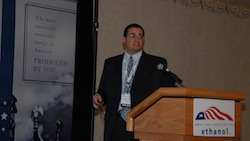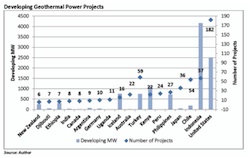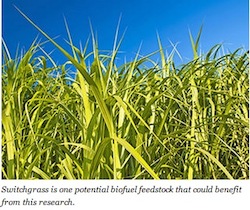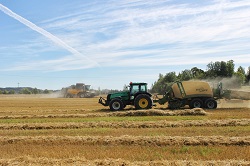According to a new report, “Solar PV Modules – Market Size, Annual Production, Average Price, Competitive Landscape and Key Country Analysis to 2020,” solar module installations saw a significant increase from approximately 1.4 GW in 2006 to 29 GW in 2011, but the industry has started to move away from the initial spur.
 GlobalData’s latest report finds that the growth of the solar PV module installation market in 2012 was much lower when compared to the previous year, with only 30.25 GigaWatts (GW) installed. In 2013, installations are forecast to fall slightly to 25.4 GW, due to reduced government support in several countries, such as Spain, Italy and Germany. From 2014 onward, annual additions are expected to remain stable until 2020.
GlobalData’s latest report finds that the growth of the solar PV module installation market in 2012 was much lower when compared to the previous year, with only 30.25 GigaWatts (GW) installed. In 2013, installations are forecast to fall slightly to 25.4 GW, due to reduced government support in several countries, such as Spain, Italy and Germany. From 2014 onward, annual additions are expected to remain stable until 2020.
Germany was the largest consumer of solar modules in 2012, with annual installations of 7.6 GW, followed by China with 5 GW. China continued to be the largest manufacturer of solar modules in the world, boasting 66% of the total global module production in 2012.
Harsha Nagatham, GlobalData’s Analyst covering Alternative Energy, said, “With domestically available polysilicon, a favourable regulatory environment and an easily available inexpensive labor force, companies such as Yingli Green Energy, Trina Solar, LDK Solar and Jinko Solar have been leading solar module manufacturing with annual production capacities of over 1,000 MW each.”
According to the report, solar PV module prices have also dropped drastically since 2006, when the average price was $3.8/W. In 2012, the price of a module was $0.91/W, and it is expected to fall further over the coming years, reaching $0.25/W in 2020.
Nagatham concluded, “Solar PV is the third-largest deployed renewable technology in terms of installed capacity after hydro and wind. Emerging countries in the regions of Asia-Pacific, Latin America, the Middle East and Africa are expected to be the major markets in the future due to an increasing focus on green energy to help fuel economic growth.”









